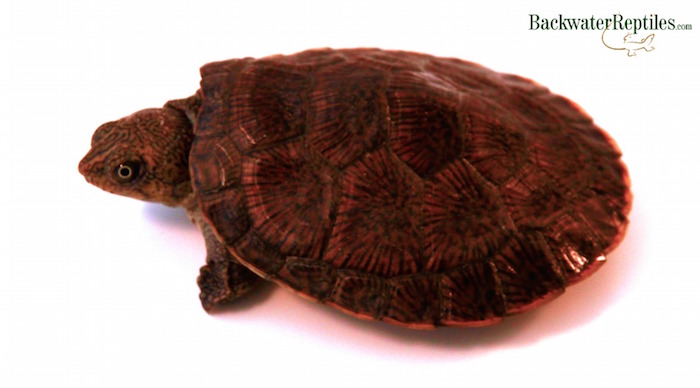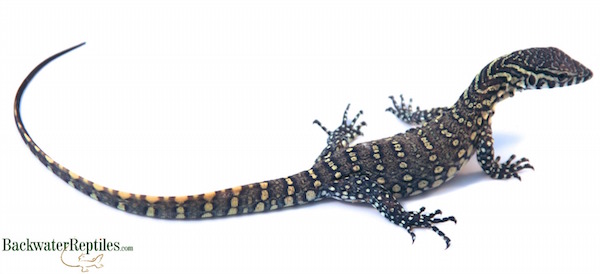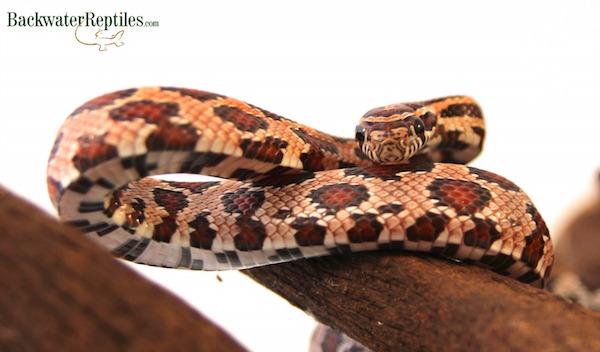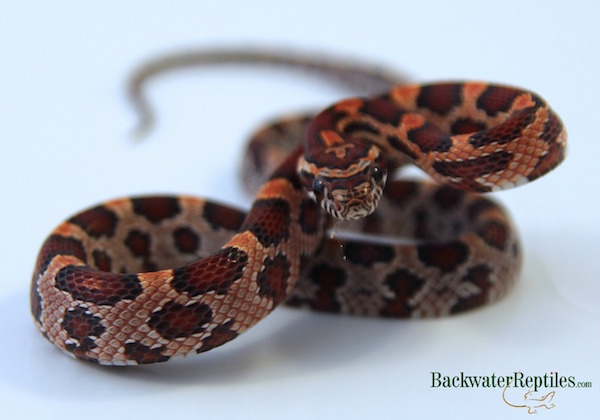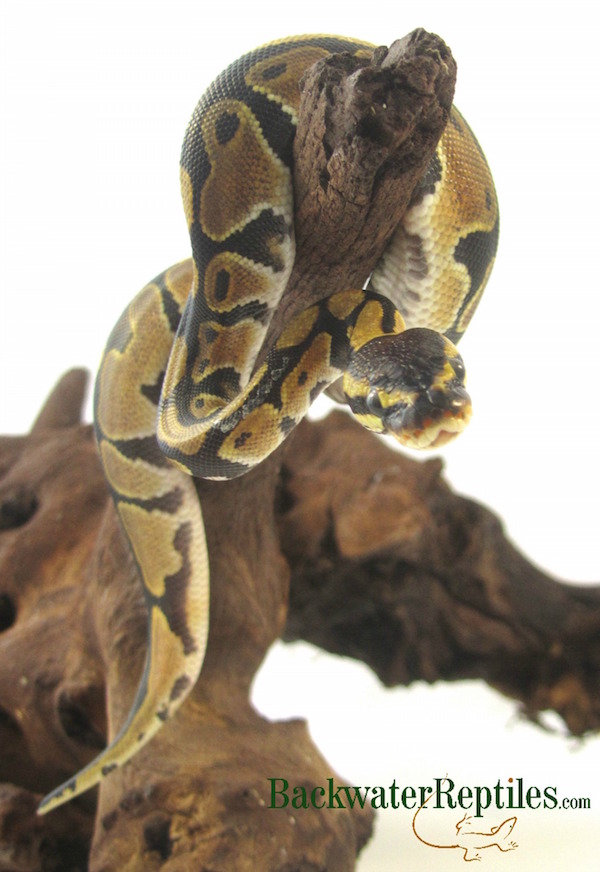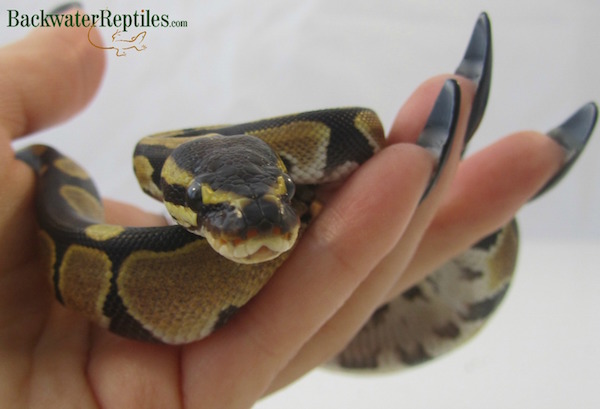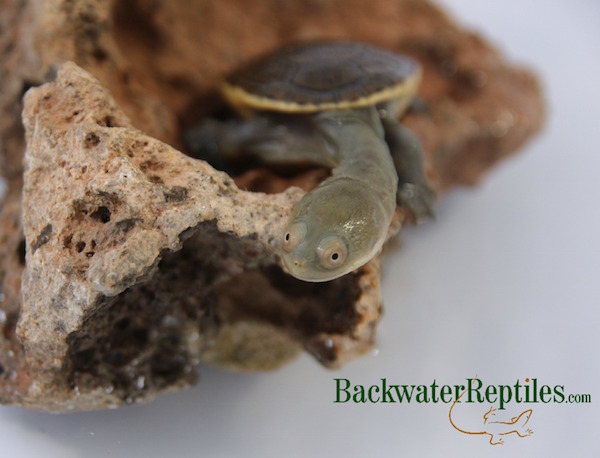We are very excited to announce that we just received captive bred baby Madagascar Big-Headed Turtles (Erymnochelys madagascariensis)!

These ultra-rare turtles are endemic to Madagascar as their name suggests and are classified as one of the 25 most endangered turtles in the world largely due to the fact that they are prized as food in Madagascar and exported illegally to Asia for the same purpose. Not to worry – the ones we have for sale are all captive-bred and we are hoping to sell them to someone who wants to breed and help preserve this turtle species.
The Madacascar Big-Headed Turtle lives in freshwater areas and is highly aquatic. In general, these turtles only emerge from the water to lay eggs – even their preferred basking areas tend to be surrounded by water. We have a turtle bank and basking bulb available to them, but we have never once seen them use it!
Babies are carnivorous and eat virtually any small invertebrates and critters they can fit in their mouths, but in captivity, they should be fed insects and pre-packaged turtle food. As they grow, Madagascar Big-Headed Turtles will eat a more vegetarian diet, but will still consume meat-based dietary items.
Our baby Madagascan Big-headed turtles have huge appetites. We feed ours crickets, waxworms, earthworms (red wigglers), and turtle pellets, all of which are eaten quickly in a frenzy of consumption!
We keep our’s in glass turtle tanks with about four inches of water, the aforementioned turtle bank, UVB basking bulb, pebble substrate (large pebbles to prevent ingestion), artificial turtle grass for cover, and an Exo Terra Repticlear filter to help clean the water and maintain circulation (water that has no circulation can become stagnant).
Our captive-bred Madagascar Big-Headed Turtle for sale needs to go to a good home. If you are interested, click the link and select the species from the appropriate drop-down menu.


